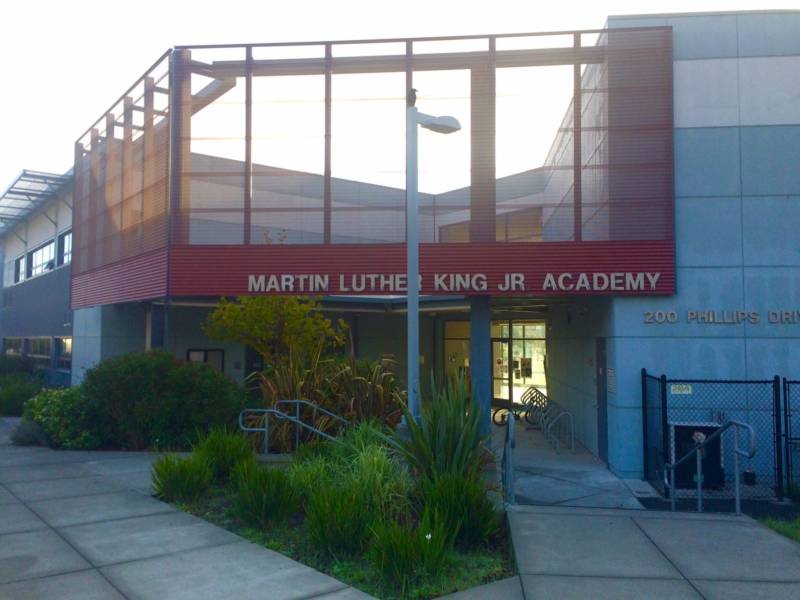A school district in one of California’s wealthiest and most politically liberal counties has agreed to desegregate a struggling school that state officials found had been intentionally created for low-income minority children and then starved of resources.
California Attorney General Xavier Becerra said Friday that students at Bayside Martin Luther King Jr. Academy, a K-8 school started in 2013, were denied a rich curriculum, in stark contrast to a higher-performing K-8 public charter school about a mile away that enrolls more white students.
“Depriving a child of a fair chance to learn is wicked, it’s warped, it’s morally bankrupt, and it’s corrupt,” Becerra said at a press conference on Friday. “Your skin color or ZIP code should not determine winners and losers.”
State investigators found that black students in the district were suspended for 66 times as many days as white students, which Becerra called the largest such disparity in California.
“I had a chance, and all these kids should have a chance,” said Becerra, who was the first in his family to attend college. “So these are deeply personal and deeply important [issues] for me because, but for a change in circumstances, that could have been me.”
The Sausalito Marin City School District in expensive Marin County straddles two very different communities. Sausalito, which has a tourist-heavy waterfront and multimillion-dollar homes with decks and hot tubs overlooking the bay, is predominantly white.
The much smaller community of Marin City on the western side of the U.S. 101 freeway has a large black population dating back to when African Americans migrated to the Bay Area in the 1940s for work in the naval shipyards.
The attorney general’s office began investigating charges of racial discrimination in the school district in 2016, following a searing report from the state’s Fiscal Crisis & Management Assistance Team that identified glaring resource disparities.
The agreement calls for an independent monitor to track the district’s progress, create a desegregation advisory group, establish a scholarship program, and provide college and career guidance for students.
It comes as the issue of school desegregation has recently been thrust into the national spotlight following an exchange between former Vice President Joe Biden and California Sen. Kamala Harris during a Democratic presidential debate in June. Speaking about federal efforts to integrate schools, Harris attacked Biden for his opposition, when he was a senator in the 1970s, to federally ordered busing that was intended to help racially balance schools. She said she was bused to an integrated elementary school in Berkeley.
Recent studies from the UCLA Civil Rights Project and UC Berkeley found patterns of worsening segregation in many schools throughout the country.

